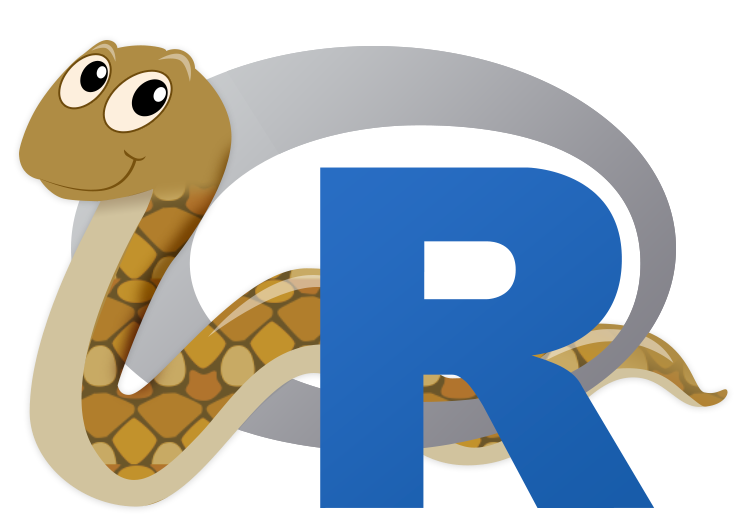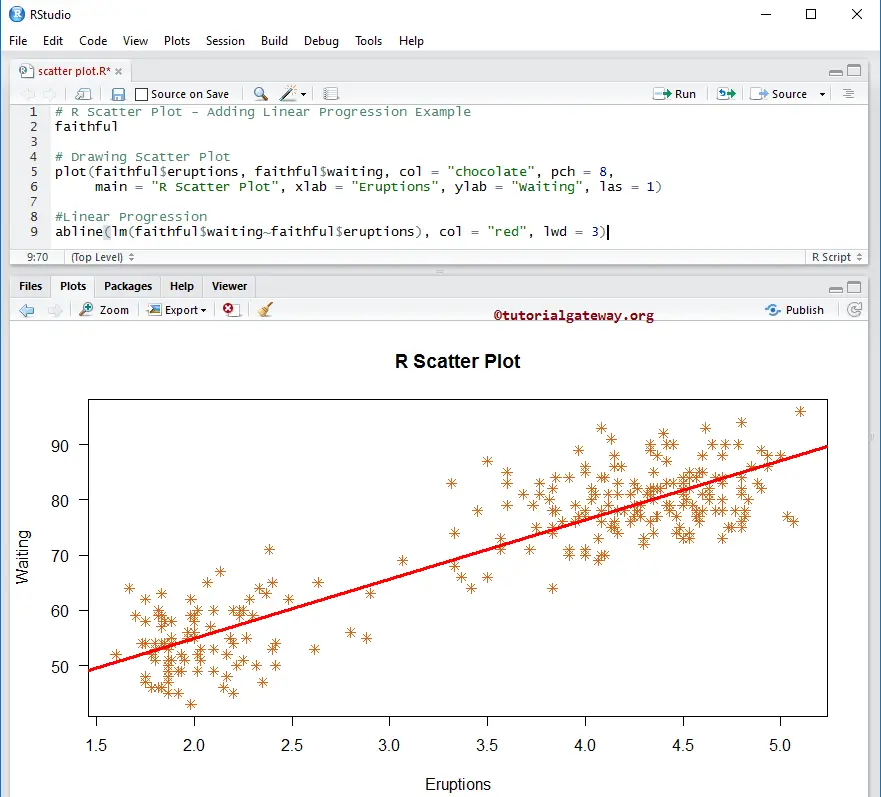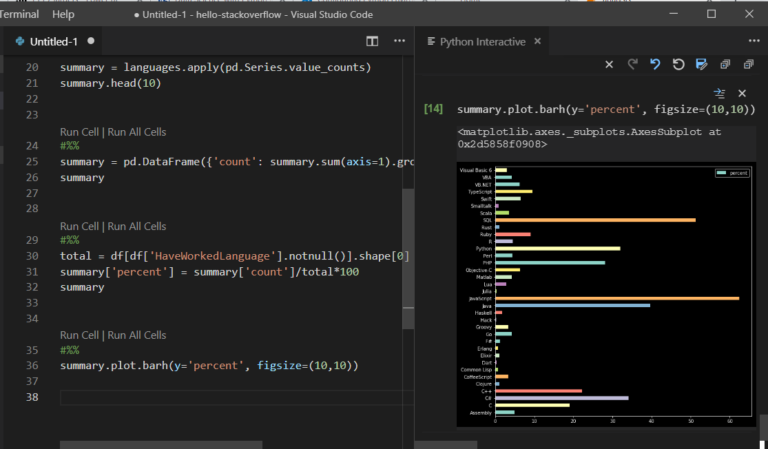
Ipsos $ textFamily <- ifelse (ipsos $ Land %in% c ( "Deutschland", "Brasilien" ), Ipsos $ Land <- ordered (ipsos $ Land, ipsos $ Land) Ipsos <- openxlsx :: read.xlsx ( "path/to/ipsos.xlsx" ) The data set can be downloaded via # devtools::install_github("INWTlab/ggCorpIdent")

To run the following example, the path to a logo and the ipsos.xlsx data set must be adjusted. The plot below is a good example. It's taken from our (German) blog post „Ein nicht ganz so einfaches Balkendiagramm mit ggplot2“.

Of course, R can also be used to create much more elaborate plots. Labs ( title = "A Nice Iris Dataset Graphic", x = "Sepal Length", y = "Sepal Width" ) + ggplot (iris, aes ( x = Sepal.Length, y = Sepal.Width, col = Species)) + Finally, we add a title, change the axis labels, and customize the background. The grouping variable “Species” is also specified here. First, we create the basic structure of our graph, which contains the data and the axes. This “Grammar of Graphics” philosophy, where objects are added to the plot in layers, allows a relatively simple and intuitive creation of images.Ĭreating a simple plot based on the iris dataset illustrates this philosophy. With ggplot2, R offers an elegant and versatile system for creating plots, following a layered approach that allows you to create plots step-by-step: starting with the data, then adding “aesthetics” (such as axes and the position of the data points on the plot), and style elements like lines, scales, or confidence intervals. In particular, ggplot2 and data visualization in R go hand-in-hand. Visualization with R Package ggplot2īesides the generic plotting functions, R also offers numerous libraries such as ggplot2, lattice, and plotly, which can create different types of plots, improve their appearance, or even make them interactive. plot (iris)įor example, here we can see that the variables Petal.Length and Petal.Width are positively correlated with each other. This is useful for getting a simple overview of the relationships between the variables. This comes in handy for speedy data exploration.įor example, if we apply the plot() function to the iris dataset, we see a matrix of scatterplots corresponding to a correlation matrix of all of the columns. These very simple generic functions allow you to quickly create simple images such as scatterplots, boxplots, and histograms.

This includes the graphics package, which contains about 100 functions to create traditional plots. R provides some basic packages that are installed by default. Visualization in R The graphics Package for Data Exploration This article covers specific differences between R and Python in terms of data visualization. If you’re looking to determine which language is right for you and your projects, this article might be interesting for you. Tools for visualization can be found in both R and Python, with some key differences between the two. It is often also useful to begin a data science project by creating simple graphs to explore the data, before the actual analysis. As a data scientist, you are often tasked with presenting these results to people with little or no statistical background, making it important to be able to present the content clearly and understandably. A decisive step in the data science process is communicating the results of your analysis.


 0 kommentar(er)
0 kommentar(er)
